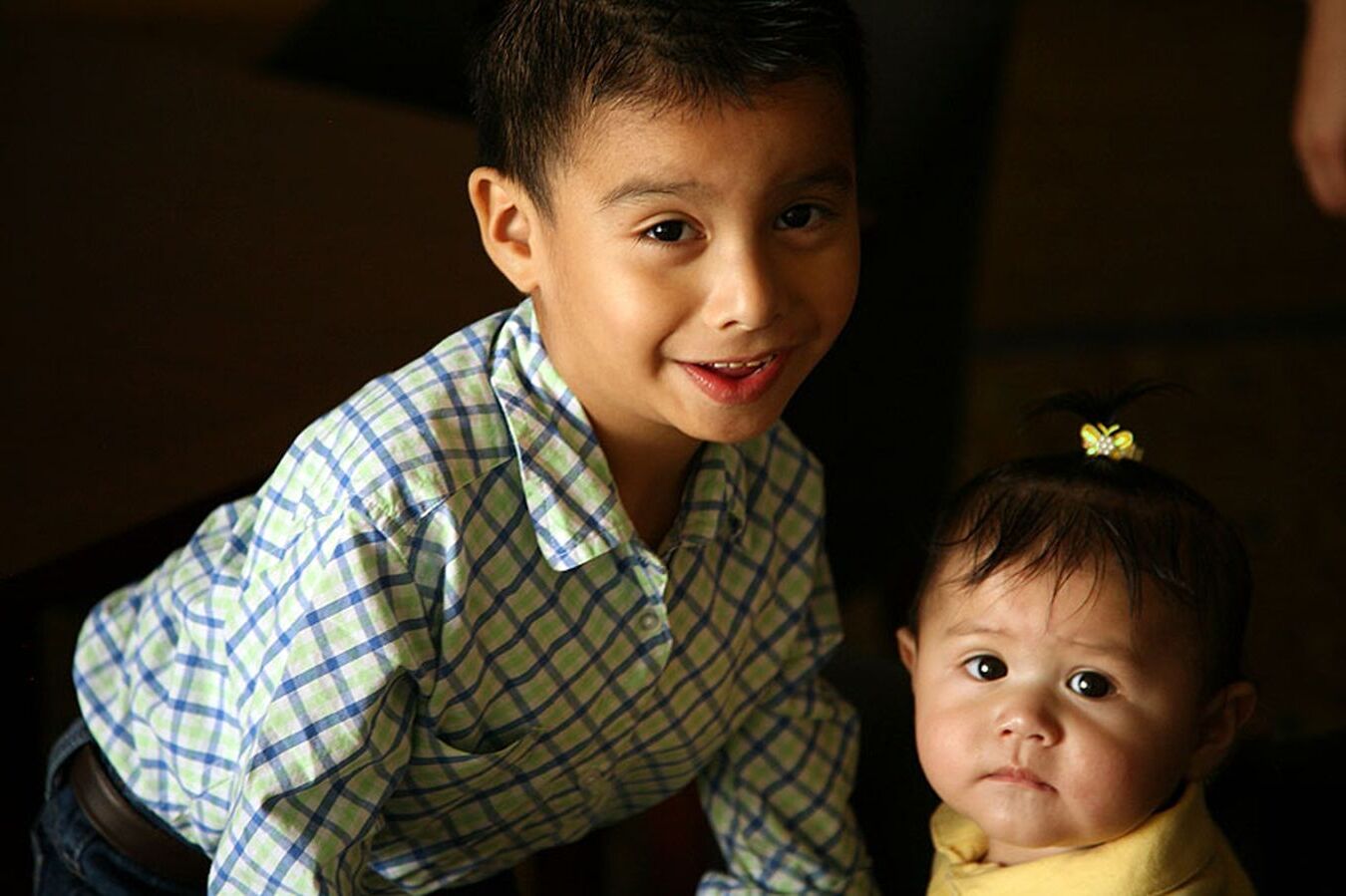
Potocki-Lupski Syndrome (PTLS) is a rare genetic disorder caused by a duplication of a segment on chromosome 17. Affecting roughly 1 in 20,000 individuals, PTLS can lead to developmental delays, intellectual disabilities, and distinct facial features. Symptoms vary widely but often include low muscle tone, feeding difficulties in infancy, and speech delays. Early diagnosis and intervention can significantly improve quality of life. Understanding PTLS is crucial for families and caregivers to provide the best support. This article will explore 30 key facts about PTLS, shedding light on its causes, symptoms, and management strategies.
Key Takeaways:
- Potocki-Lupski Syndrome (PTLS) is a rare genetic disorder that can cause physical, developmental, and behavioral challenges. It affects around 1 in 20,000 to 25,000 live births and requires ongoing medical care and support.
- Individuals with PTLS may exhibit distinct physical features, experience developmental delays, and have medical concerns such as congenital heart defects and sleep disturbances. Early diagnosis and appropriate interventions are crucial for managing symptoms and improving quality of life.
What is Potocki-Lupski Syndrome?
Potocki-Lupski Syndrome (PTLS) is a rare genetic disorder caused by a duplication of a small piece of chromosome 17. This condition affects various parts of the body and can lead to a range of physical, developmental, and behavioral challenges.
- PTLS is named after Dr. Lorraine Potocki and Dr. James Lupski, who first described the syndrome in 1996.
- The syndrome is also known as 17p11.2 duplication syndrome, referring to the specific location of the genetic duplication.
- PTLS is estimated to occur in 1 in 20,000 to 1 in 25,000 live births.
- The genetic duplication involved in PTLS typically includes around 3.7 million base pairs of DNA.
- This duplication can be inherited from a parent or occur as a new mutation in the affected individual.
Physical Characteristics of PTLS
Individuals with PTLS often exhibit distinct physical features. These characteristics can vary widely but some are more common.
- Common facial features include a high forehead, broad nasal bridge, and a small mouth.
- Many individuals have a short stature compared to their peers.
- Hypotonia, or low muscle tone, is frequently observed in infants with PTLS.
- Some children may have feeding difficulties due to poor muscle tone in the mouth and throat.
- Dental anomalies, such as crowded teeth or delayed tooth eruption, are also common.
Developmental and Behavioral Aspects
PTLS can impact cognitive development and behavior. Understanding these aspects can help in providing appropriate support and interventions.
- Developmental delays, particularly in speech and motor skills, are common in children with PTLS.
- Many children with PTLS have mild to moderate intellectual disability.
- Autism spectrum disorder (ASD) is diagnosed in a significant number of individuals with PTLS.
- Behavioral issues such as hyperactivity, anxiety, and attention deficit hyperactivity disorder (ADHD) are frequently reported.
- Social skills can be affected, with some children experiencing difficulties in forming peer relationships.
Medical Concerns Associated with PTLS
PTLS can be associated with various medical issues that require ongoing management and care.
- Congenital heart defects are present in about 40% of individuals with PTLS.
- Sleep disturbances, including sleep apnea, are common in children with PTLS.
- Gastrointestinal problems, such as gastroesophageal reflux disease (GERD), are frequently observed.
- Some individuals may have kidney abnormalities, including structural differences or functional issues.
- Seizures or epilepsy can occur in a subset of individuals with PTLS.
Diagnosis and Genetic Testing
Diagnosing PTLS involves genetic testing to identify the specific duplication on chromosome 17.
- Chromosomal microarray analysis (CMA) is the most common test used to diagnose PTLS.
- Fluorescence in situ hybridization (FISH) can also be used to detect the duplication.
- Genetic counseling is recommended for families with a history of PTLS to understand the risks of recurrence.
- Prenatal testing can be performed if there is a known risk of PTLS in the family.
- Early diagnosis can help in planning appropriate interventions and support services.
Treatment and Management
While there is no cure for PTLS, various treatments and therapies can help manage symptoms and improve quality of life.
- Early intervention programs, including physical, occupational, and speech therapy, are crucial for developmental progress.
- Behavioral therapy can help address issues such as anxiety, ADHD, and social skills deficits.
- Regular monitoring by a cardiologist is important for individuals with congenital heart defects.
- Medications may be prescribed to manage specific symptoms like seizures or gastrointestinal issues.
- Support groups and resources for families can provide valuable information and emotional support.
Understanding Potocki-Lupski Syndrome
Potocki-Lupski Syndrome (PTLS) is a rare genetic disorder that affects many aspects of a person's life. Knowing the symptoms and challenges can help families and caregivers provide better support. Early diagnosis and intervention are crucial for managing the condition effectively. PTLS can impact growth, development, and behavior, but with the right care, individuals can lead fulfilling lives.
Research and awareness are key to improving the lives of those with PTLS. By staying informed and advocating for more resources, we can make a difference. If you suspect someone might have PTLS, consult a healthcare professional for proper testing and guidance. Remember, every bit of knowledge helps in creating a supportive environment for those affected by this syndrome.
Frequently Asked Questions
Was this page helpful?
Our commitment to delivering trustworthy and engaging content is at the heart of what we do. Each fact on our site is contributed by real users like you, bringing a wealth of diverse insights and information. To ensure the highest standards of accuracy and reliability, our dedicated editors meticulously review each submission. This process guarantees that the facts we share are not only fascinating but also credible. Trust in our commitment to quality and authenticity as you explore and learn with us.


